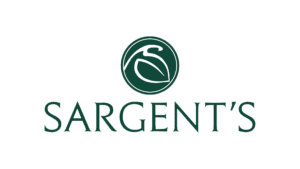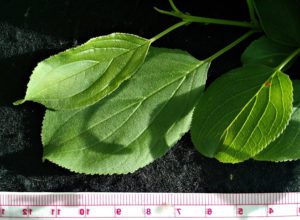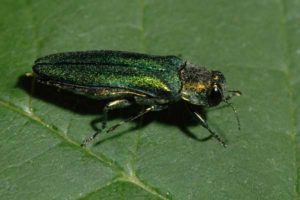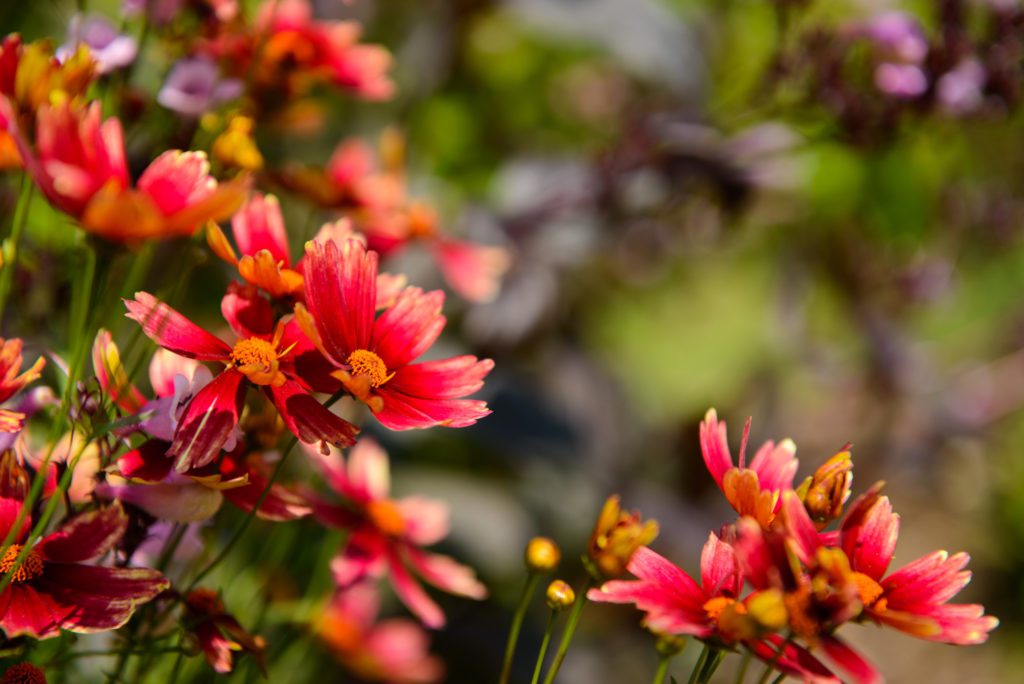Jumping Worms in Minnesota
Here at Sargent’s, we believe that the natural world has the ability to improve people’s lives. We have made it our business to foster the relationships between people and their outdoor spaces. Most of the time this means having fun providing high-quality products and services to our amazing customers and making our community as beautiful as it can be. But occasionally, our position as stewards of this industry mandates we address threats to this belief. Invasive species are one such threat. For over 50 years, Sargent’s has contributed to the treatment, mitigation, and research of invasive species that affect our area. It’s important to us that our customers have accurate information regarding invasive species and how they can help preserve the outdoor spaces we all hold so dear.
Background
Amynthas — also known as jumping worms — are named as such because of how they move when disturbed. They are classified as an invasive species by the Minnesota Department of Natural Resources and have existed in Minnesota since at least 2006. They were discovered in Olmsted County in 2018, although, based on their prevalence, have likely been here much longer.
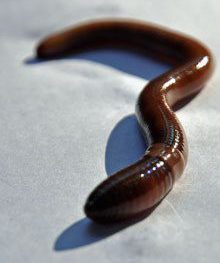
Jumping worms have been on our radar at Sargent’s for several years. Because of their prevalence in our area, Sargent’s felt it was our responsibility to regularly monitor for jumping worms on our property and job sites. Throughout the 2021 season, Sargent’s staff confirmed the presence of jumping worms on a significant number of residential properties. More recently, they have also been identified in isolated locations at both Sargent’s retail locations. This discovery was immediately self-reported to the appropriate agencies: the MN Department of Agriculture and the MN Department of Natural Resources. While these discoveries are unfortunate, they are not unexpected.
Impact on Environment
It is important to understand that all worms found in Minnesota are invasive. There are no native species of earthworms in this area. Like all earthworms, these worms dramatically change soil characteristics. This in turn can change the types of plants and animals that can survive in that soil.
Fortunately, these worms stay in the top couple inches of soil. Since most plants have deep root systems, they are unlikely to be severely affected by amynthas worms. Experts are still researching the long-term impact these worms will have on landscape plants.
The biggest risk presented by jumping worms is to our forest ecosystems. Research is still being done, but initial studies show that jumping worms make the soil more susceptible to erosion. Erosion makes it difficult for new plants and trees to establish a root system before being washed away. In the long run, this will change the types of plants that can grow in our forested areas.
How They Spread
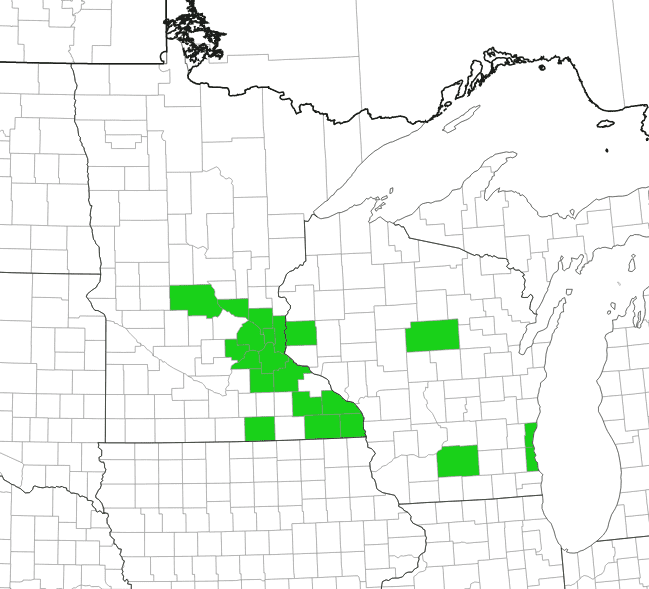
Jumping worms are active worms that can travel great distances (longer than a city block) in a short amount of time. Their ideal habitat is leaf litter and other decomposing woody material such as mulch or woodchips. Initial research suggests that nearby jumping worms will seek out freshly laid mulch or similar materials.
Human interaction is another major conduit for jumping worm spread. Neighborhood plant shares, lawn mowing services, landscaping, transportation of construction material, even just walking or driving from one area to the next can transport the cocoons of these worms. Any person, tool, machine, or soil moving from one yard to another is a possible source of transmission.
Currently, there is no official estimate on the number of homes that have jumping worms, but the consensus from experts is that number is “significant”. It’s hard to get an exact number as the vast majority of cases go undetected and thus unreported.
Treatment
The only defense against jumping worms is prevention. Homeowners should avoid sharing plants, or at a minimum only share clean, bare-root plants. Furthermore, homeowners concerned about jumping worms should shop at nurseries and garden centers that are taking proactive steps to mitigate the spread.
Commercial operations that deal with organic matter that can spread jumping worms should follow the best management practices set forth by the Minnesota Nursery and Landscape Association. This includes washing all machinery and tools — including lawn mowers, trenchers, and skid loaders — when going from one job site to another. It also means performing regular inspections of salable products such as plants and bagged mulches.
Currently, the only approved way to kill these worms is heat. The cocoons die at 104 degrees, and the worms die at 130 degrees. But there’s hope that soon we’ll have another treatment option. Research is currently underway by the University of MN and the University of WI to test additional treatments.
Sargent's Best Management Practices and Policies
The Minnesota Nursery & Landscape Association has documented Best Management Practices (BMPs) to help nurseries and landscape companies across Minnesota operate in a way that reduces the potential spread of Jumping worms. These practices are updated frequently and are based on the most current information and research we have available. Sargent’s uses these Best Management Practices as a tool to inform our internal policies. Sargent’s meets or exceeds these practices in all applicable areas. A copy of the current MNLA BMPs can be found below.
Using the current MNLA BMPs as a guide, Sargent’s has also instituted it’s own internal ‘Soil Free’ Landscape Policy. This policy states “Arrive clean, leave clean; always clean soil and debris from vehicles, equipment, tools, and personal gear (footwear, gloves, clothing) before moving from one location to another.”
Standard practice:
- All vehicles and equipment that leave paved surfaces are scraped clean of soil and power washed upon return to the nursery
- All equipment that stores or hauls soil debris at a jobsite is scraped clean and inspected, and if it cannot be removed with scraping it is power washed upon return to the nursery and inspected. i.e. dump truck beds, tractor or loader buckets, digging equipment
- Footwear and tools are scraped clean with boot cleaner upon return to the shop and inspected
- When a crew moves from one site to another without return to the nursery extra attention is giving to cleaning soils from vehicles, equipment, footwear, and tools and inspecting
- Exterior of B&B root balls are washed, trimmed and washed a second time to remove any exterior soil debris then inspected for soil and worms
Sites where jumping worms are suspected:
- All vehicles and equipment the leaves paved surfaces, or hauls soil debris are power washed upon return to the nursery and inspected
- All tools are scraped clean of debris and power washed and inspected
- Soil debris is left on site whenever possible
- Any soil debris that is returned to the nursery is quarantined on top of plastic in a contained bin in nursery yard and treated with heat
Our Commitment to You
Sargent’s is committed to mitigating the spread of jumping worms in MN and remaining the source of knowledge, quality, and service that you’ve come to expect. To that end, we are meeting or exceeding all Dept. Of Agriculture directives and recommendations, as well as the Best Management Practices set forth by the Minnesota Nursery & Landscape Association. A detailed description of these practices can be found below.
Sargent’s will continue to work with the Minnesota Department of Agriculture, the University of Minnesota, and other industry leaders to remain at the forefront of this issue. We are committed to minimizing the spread of jumping worms and to keeping your gardens, and ours, flourishing for decades to come.
Invasive Species Newsletter
For those that are interested, we have created an e-newsletter dedicated specifically to invasive species. If you want to be kept up to date on current jumping worm research, fill out the form below.
Learn Something? Share it with your friends!
